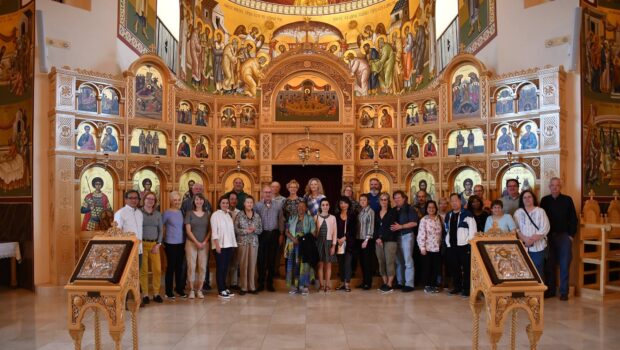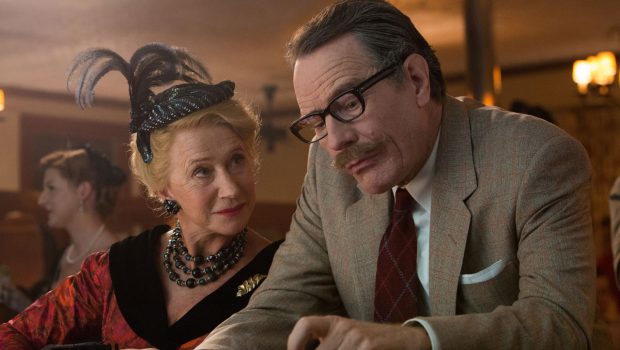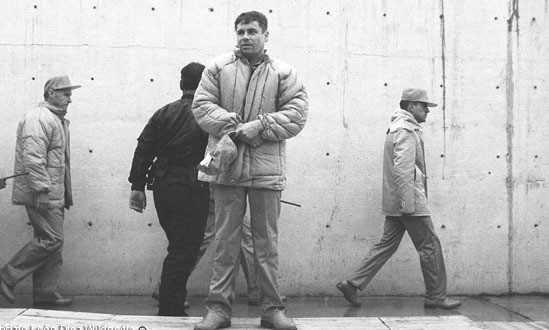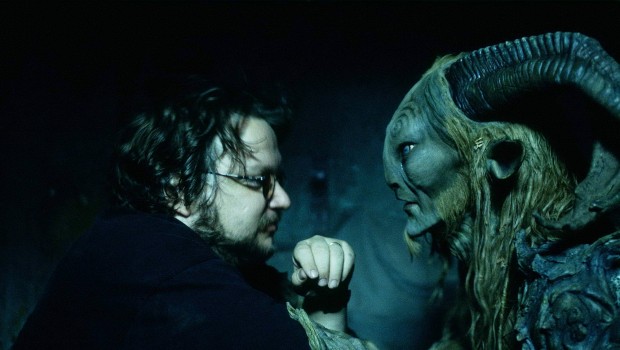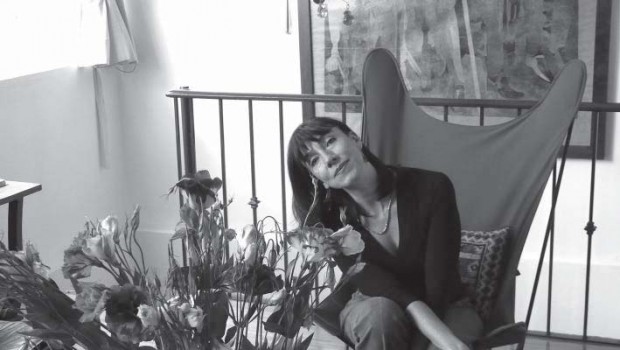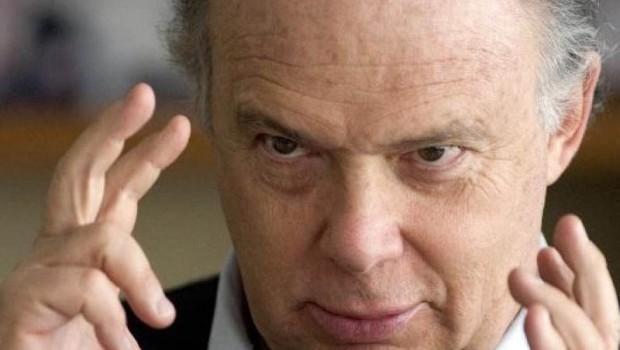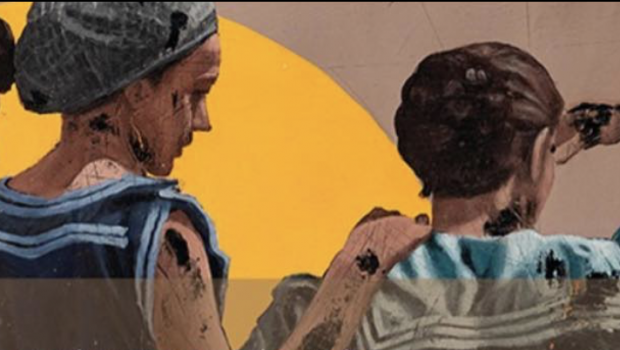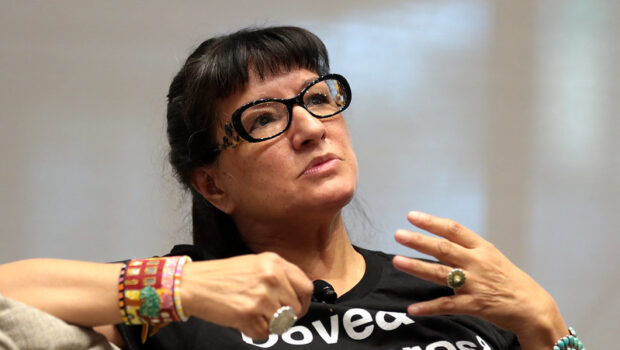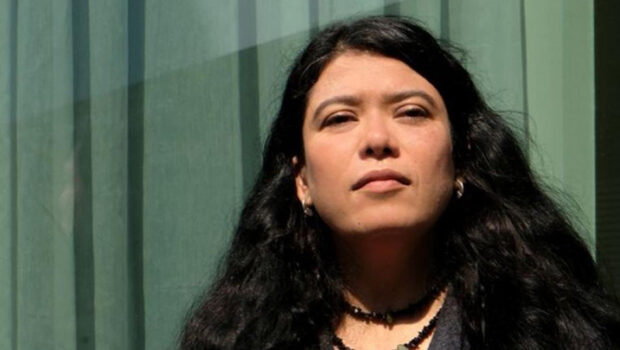Archeology now
Patricia Gras
Recently we had the pleasure of interviewing Becky Lao, the Director of Archaeology now, Archaeological institute of America, Houston Society which launches its 2024-2025 its series on October 1 (8 days from now) at 7pm
The first of many events this year, is Notre Dame Through Time. (Free of Charge at Rice University) It will trace the history of the site, once a Roman Temple through its many extensive alterations. Notre Dame is a cultural testament to eight hundred years of history, art and architecture.
Tell us about your work
I love my work with Archaeology Now because it intersects with who I am as a person and with many of my cross-cultural interests. My family is like the United Nations! We have someone from practically everywhere around the world. My husband’s parents were originally from China and then escaped when Mao came to power. My husband grew up in Hong Kong and came to America as a teenager. I’m a descendant of immigrants from Scotland that came to America seeking a better life. Other members of my family are African American or from the Philippines, El Salvador, and India. Here’s the thing that is so beautiful…when our family gets together, we make REALLY amazing food that a fusion of our many cultures. You will hear a multiplicity of languages and a lot of great music! I think it a privilege to be part of Houston, America’s most diverse city. I am proud to have raised my biracial son here because he grew up with friendships with children of many ethnicities. We fit right in!
Archeology now has been operating in Houston for years. Why was it formed and what is the mission of your non profit?
Archaeology Now is part of America’s oldest, largest organization focused on Archaeology: the Archaeological Institute of America, founded in Boston right after the Civil War, they serve the public as well as the academic world and have branches all over the US. Our branch in Houston was formed in 1967 by Dominique de Menil and Art History professors at Rice — Walter Widrig and Philip Oliver Smith. Today, we serve the public through talks, hands-on events for children, culinary presentations connecting food and history, tours, films, and cemetery preservation. We are storytellers! We collaborate with Houston’s many diverse communities to exchange knowledge of the stories of humanity through the lens of archaeology.
This year you have a special program about Notre Dame. Can you please elaborate why a project on the French cathedral?
Notre-Dame is one of the most recognized, and revered, landmarks in the world and we almost lost it in a fire five years ago. People around the world watched in horror in the hope that something might be saved. Suddenly, we realized how cultural treasures, no matter where they are found, bind us together. To lose something means that we lose a piece of our collective humanity. After the fire, the world stepped forward, in the most wonderful way, to help save and restore this UNESCO heritage site. In December, it is reopening! This reopening has come to mean more than mere reconstruction. It is a spectacular commitment to preserving a shared cultural treasure.
In recognition of the significance of this event, and in celebration of the extraordinary expertise from many different specialties, Archaeology Now is pleased to present to Houston a series of multimedia, multidisciplinary events by the team of archaeologists, artisans, and scientists who are making the cathedral’s restoration possible and scholars who are opening broader understandings of its interconnected world. However, there is a deeper story to tell: the medieval world of Notre-Dame de Paris was a vivid, multicultural world influenced by the Silk Route, Islam, Africa, and even Central and South America in many wonderful, marvelous ways. We will be telling this wider story throughout the year. Everyone can be part of this tapestry that is woven with very rich threads!
For this series, it has been a privilege to collaborate with extraordinary individuals who have made incredible discoveries — essentially we are importing the official French restoration and reconstruction team. This wouldn’t have been possible without the partnership of the Consulat Général de France à Houston, Villa Albertine, Rebâtire Cathédral Notre-Dame de Paris, and Alliance Française Houston. This cultural exchange between France and Houston celebrates an important milestone and helps enrich all of us.
On your webpage archeologynow.org your first sentence is we are storytellers. What do you mean?
When an archaeologist digs (or excavates), they hope to find artifacts — items or structures that have been left behind by humans. Of course, there are many ways that you can interact with an object. You can appreciate it for its beauty alone or can examine it by using various chemical or dating techniques. Or, you can think about how it functioned and might have been used. However, in the end, we think that an object always reveals something about humanity. It tells a story. Ultimately, that story is what is important and helps us understand a little bit more about ourselves and who we were as humans through time. That story and that understanding are what create meaning and help us better appreciate each other.
As someone who has been running this organization for a while, what are some of the most important discoveries you have found yourself that you didn’t know before you?
I was part of an excavation at a site in central Texas called the Gault Site which is more than 13,500 years old! I was working on an ancient trash heap, called a midden. The trash heap was huge, and the work was tedious and hot. I was bored and wondering when I would ever finish. Suddenly, this work became personal. I realized that this trash had been tossed by someone a VERY long time ago and I was the first to touch it since then! It was trash from the manufacture of food and a real person, who had lived a long time ago, had tossed it out after they were done with their job! Judging from the size of the heap, there must have been a large group that worked together for many days manufacturing food. They collaborated so that they would have enough to eat on hunting trips and during the coming winter when food would be scarce. Something as mundane as that trash heap told a story about a group of people sitting around a fire, making food, and tossing their trash when they were done. It also told about clever solutions that they had devised so that everyone would be fed. I can picture any family doing that, even today!
Every day, I’m struck by discovering the many ways we are connected through time and how we all have similar feelings. No matter our place in life, or in time, people always want to experience love and beauty. We love. We fight. We make up. We explore. We have families. We feel fear when our lives might be insecure, and we worry about our children and our parents and loved ones. What fascinates me are the instances of discoveries that demonstrate when emotions are shown. One example I found incredibly touching was the discovery of a Neandertal grave containing flowers that had been left with the body or Roman headstones commemorating love for pets. It shows that we have a kinship with ancient cultures and civilizations. Those people cared. Discoveries like these give me hope that maybe we can survive some of the problems we’re facing now. Maybe we humans have a chance, after all.
Tell us about the events planned around the project and who can attend. It is free and at rice university on October 1st 7pm right?
We invite all of Houston to join us! We have a huge range of activities from hands-on experiences for children to talks for adults, tours, culinary events, and a screening of the silent film classic, The Hunchback of Notre-Dame! We work very hard to make sure that the ordinary person can participate in, and understand, talks and activities. You can see our entire series by visiting our website at archaeologynow.org.
We start off the year at our first event by helping everyone understand helping everyone understand the long history of Notre-Dame. It has had quite a journey through time and that journey will continue because of the restoration work that has taken place. Two speakers are featured: Dr. Dany Sandron, the Director of Restoration at Notre Dame will give a taped message from Paris and his colleague, Dr. Lindsay Cook, will be there in person to give a “biography” of this UNESCO monument, from its Roman beginnings to its transformation into a Christian sacred complex, and, finally, its recent fire and ongoing rebirth. Prior to the start of the talk, join us for medieval-style refreshments. The book Notre-Dame: Nine Centuries of History by Dr. Dany Sandron, Dr. Andrew Tallon, translated by Dr. Lindsay Cook, the speaker, will be available for sale and signing by Dr. Cook.
This opening presentation, Notre-Dame Through Time, is free and open to the public. It takes place at Rice University on October 1 at 7pm at Hudspeth Auditorium at Glasscock School of Continuing Studies, conveniently near Entrance #8 at the traffic light at University Blvd and Stockton. Self-paid parking is available in the Moody Lot or West-Lot 5.
Why should people join this organization or attend its events? You certainly ask people to explore, join , read and watch. It certainly peaks my curiosity!
Because we cover the world AND we offer a huge variety of experiences for all ages and many different interests! Where else would you have an opportunity to tour a temple, to try out an ancient cuisine or involve your children in hands-on activities about many cultures?
We invite people to be adventurous, to learn something new that will create a journey of exploration, to engage with each other!
Posted: September 23, 2024 at 7:16 am


